I often have an image that I wrap text around, and sometimes the texts wraps awkwardly, like so:

In the HTML, the image is floated to the left and the text simply follows:
<p><img style="float:left;" src="/images/[image]" /></p>
<p>This is my David Copperfield, <em>I was born</em> kind of bio. For a more concise one, please see the <a href="/jenny/press-kit#bio">press kit</a>.</p>
...
This mostly works, except when the text length just happens to run past the bottom of the image and flow back to the left margin, and when the amount of text isn't long enough to fill more than one line (in this case, it's only one word). When that happens, it looks really bad.
So, is there a way to control the text flow so that this doesn't happen?